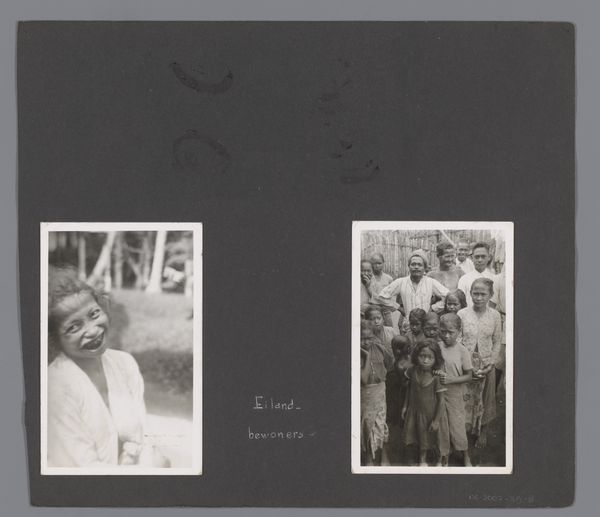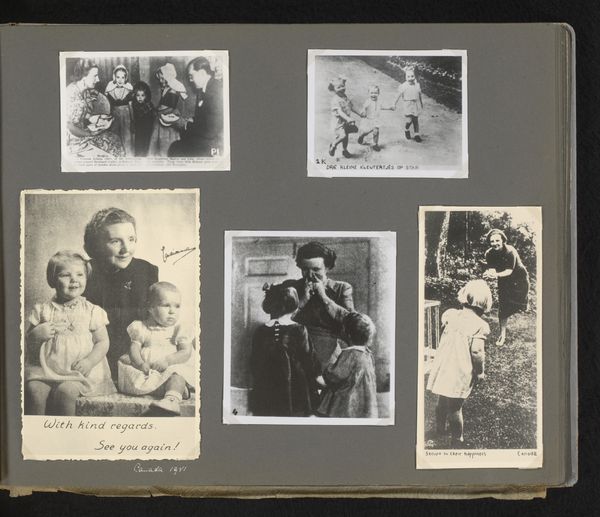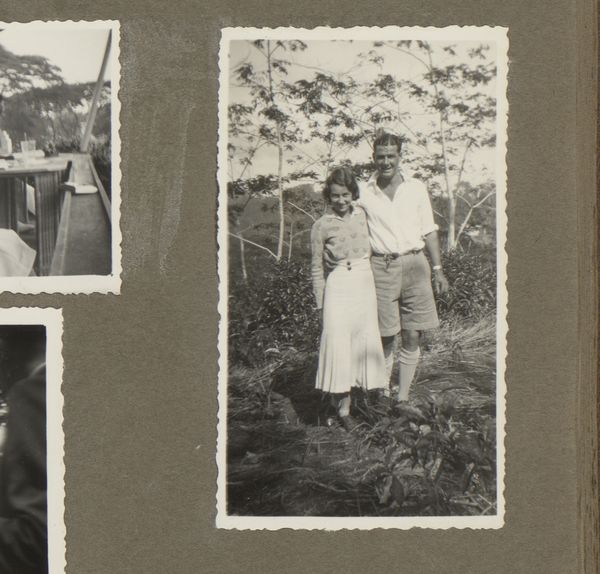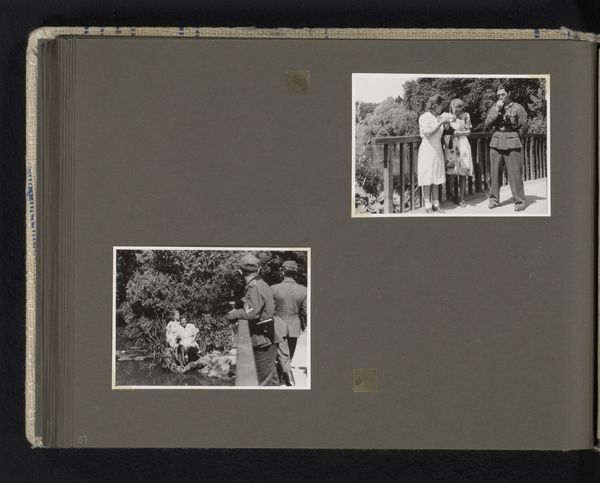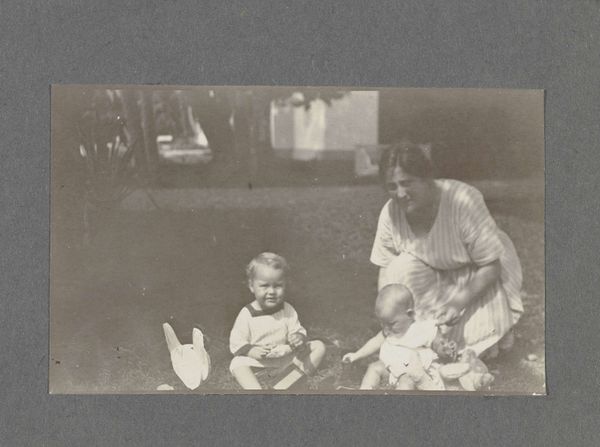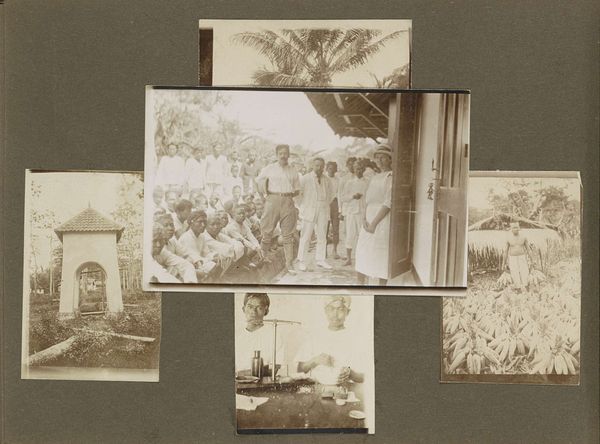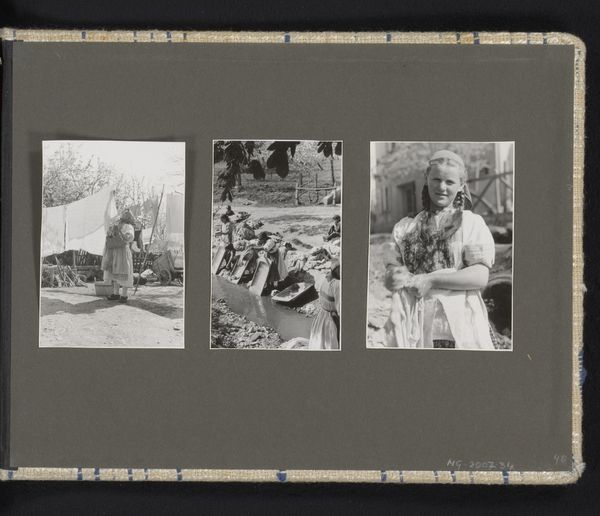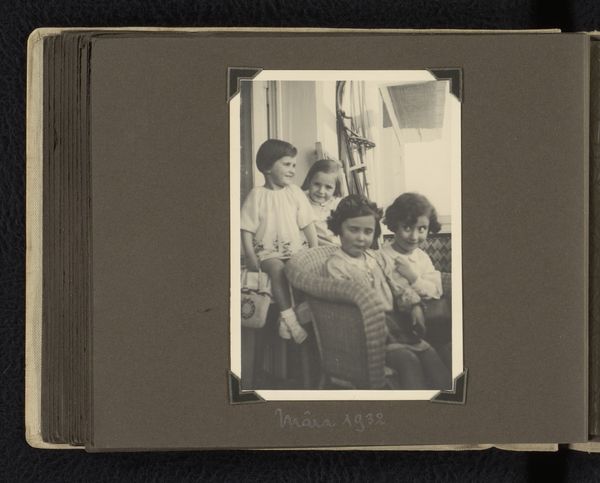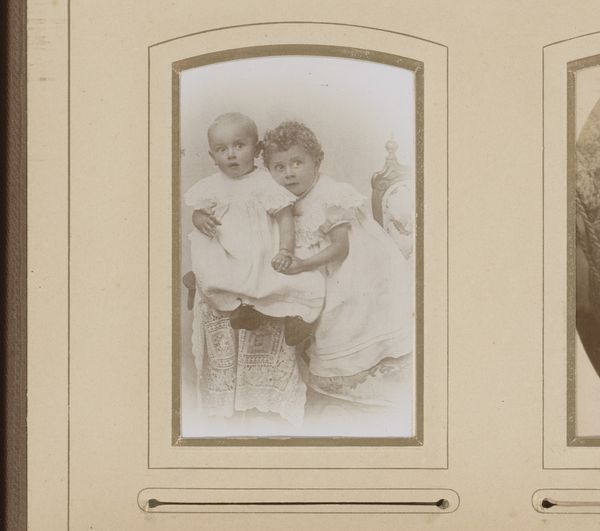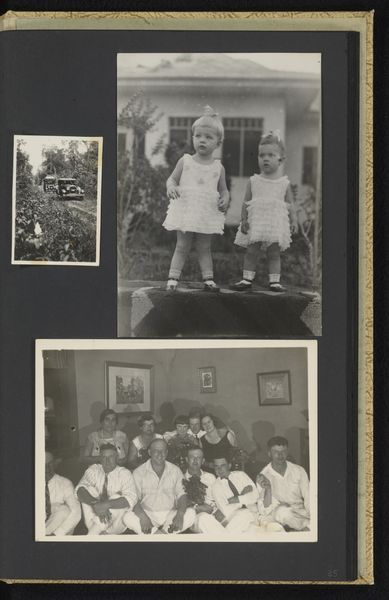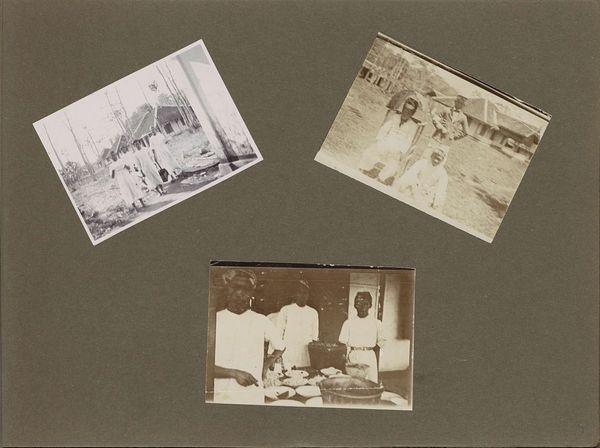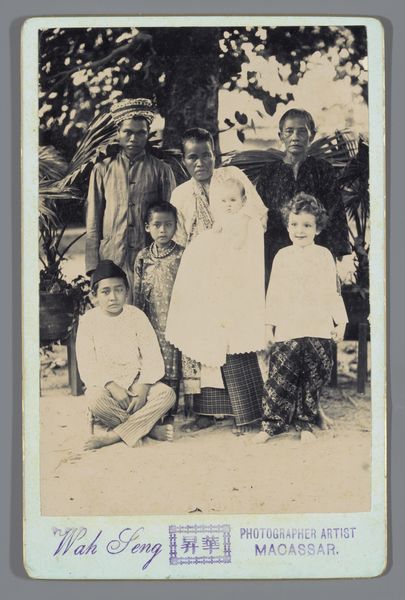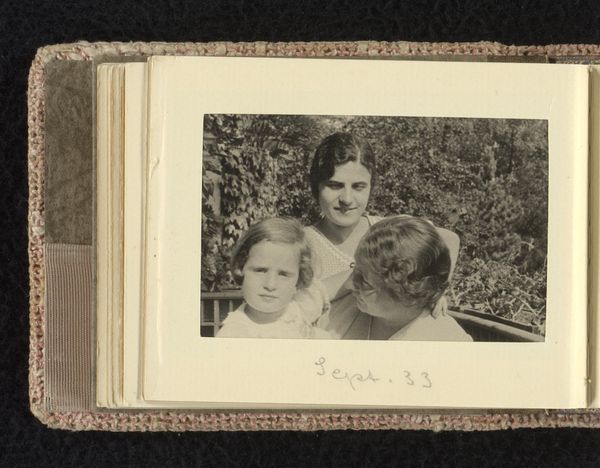
photography
#
portrait
#
asian-art
#
street-photography
#
photography
#
realism
Dimensions: height 266 mm, width 305 mm
Copyright: Rijks Museum: Open Domain
Editor: Here we have a photographic piece from the 1930s titled "'n jongen van Siaoe / Japanese meisjes," so "A Boy from Siaoe/ Japanese girls". It's quite a stark contrast between the joyful smile on the boy's face and the crying child in the other photograph. How do you interpret this work? Curator: It’s crucial to view these images within the context of 1930s colonial photography. The juxtaposition immediately sets up a binary – a potentially exploitative “us” versus “them.” Siaoe and “Japanese” are geographic, yes, but they are also cultural labels imbued with power dynamics of the era. Who is doing the looking? What assumptions are made about the subjects based on their ethnicity? Editor: I hadn't really considered it in terms of colonial power structures, I was focusing more on the emotions being displayed by each child and the cultural background, rather than the context it was taken in. Curator: The expressions are powerful, but let’s not separate those expressions from the context that produced these images. The photographer likely held specific ideas, conscious or not, about these children. Realism, as a style, claimed objectivity, but can we ever truly separate the gaze of the photographer from the final image? Where are these photographs displayed, and for what purpose? What happens when images such as this become stand-ins for larger racial groups and stereotypes? Editor: So it's not enough to just look at what's on the surface, we also have to consider what the photographer's intention was at the time, and what prejudices may have been at play. Curator: Precisely. And how that historical context continues to inform our reading of these images today. It challenges us to confront the legacy of colonialism and its impact on how we perceive and represent different cultures. Editor: That makes so much sense! It completely reframes how I see this piece. Curator: Absolutely! That is the exciting possibility offered by analyzing visual art in relation to critical theory!
Comments
No comments
Be the first to comment and join the conversation on the ultimate creative platform.
